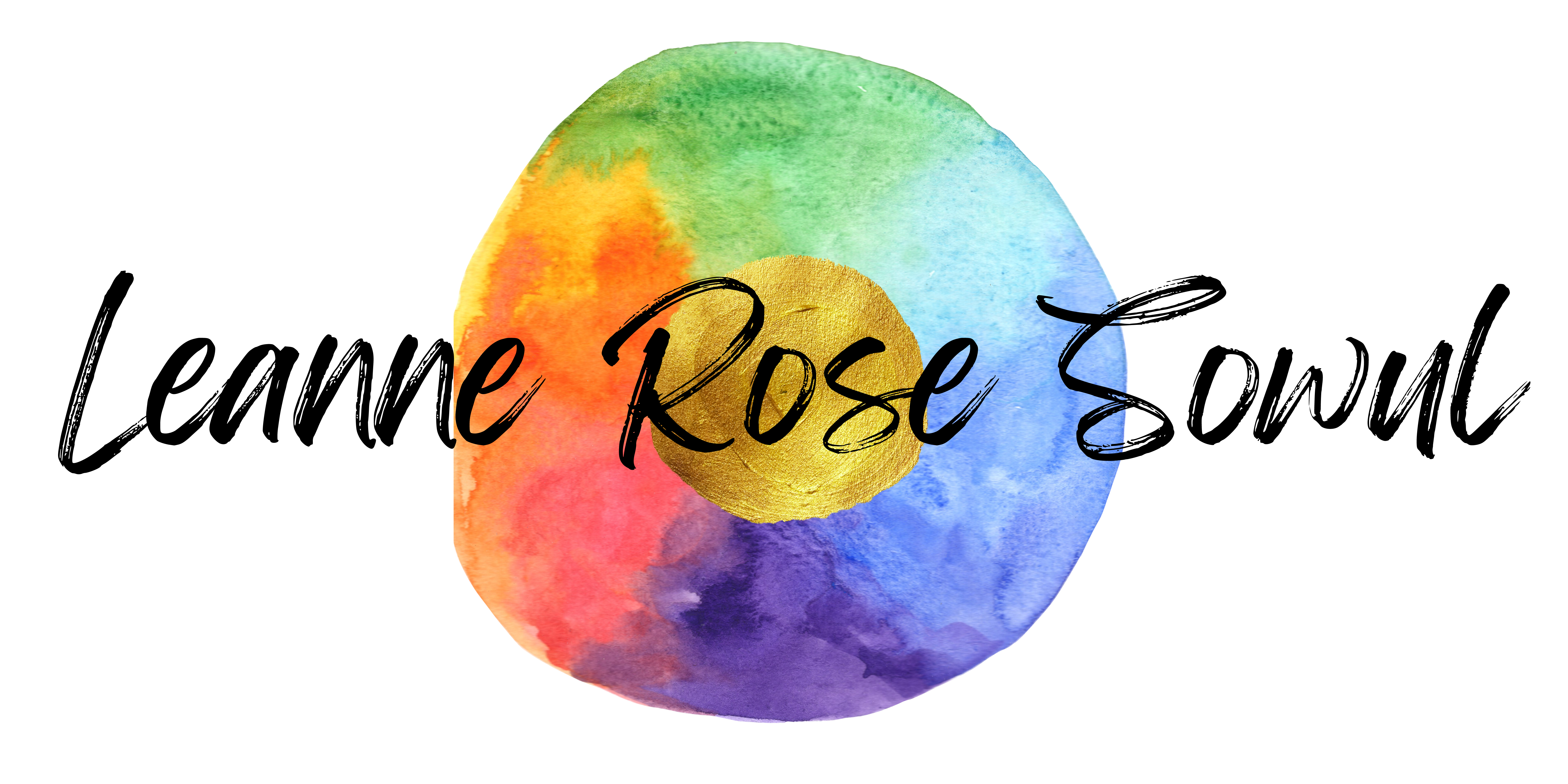 Thinking about starting a journal or a personal blog, which is essentially a journal that other people can read? Here’s everything you need to get started on your first entry:
Thinking about starting a journal or a personal blog, which is essentially a journal that other people can read? Here’s everything you need to get started on your first entry:
Step 1. Find your tools and your writing space.
Not everyone writes best with a paper and pen or with a computer. Writing is like magic- it can be channeled through any instrument, but it’ll work better through the “wand” that suits you best. I’ve mentioned that my first journals were sketchpads and Crayola markers; now I write on a laptop. Of course, if you’re blogging, you’ll need to get your words online eventually, but it’s fine to write your first draft using the tools you like best.
It’s also important to find your own space to write, whether it be your office, your bed, or during (non-driving) travel time. Finding a specific daily time to write helps with the journaling habit, but it’s not necessary for everyone.
Step 2. Get a header in place.
How do you want to start each entry? With the day and date? With “Dear Diary” or “Dear Progeny” or “Howdy, You”? It’s a good idea to have a standard header, so that you can feel there’s some common link between entries. For blogging, creating a header is more involved because you want something that describes the entry but is also “clickable” (appealing to read and share with others). For a personal blog, think the titles of “Friends” episodes, all starting with “The One With The….” For a less personal blog, you’ll need something that applies to your subject, such as “Woodworking Tip #1….” Of course, you can always get away from the standard format later, but the beginning of any project needs a stronger framework.
Step 3. Prompt yourself.
You’re in your writing space with your writing tools, and you just put your header on the page. Now what? This is the part where a lot of people experience what they call “writers block” but I call “not having a plan in place.” You have to assume that the writing won’t come naturally, at least at first, so it’s important to know where to start each day. If I’m feeling stuck, I start with what I did that day (or the day before, if it happens to be morning). Remembering daily events always reconstructs emotion (such as pride over a success at work, or embarrassment over an awkward social situation) and once you hit on a real emotion, you can release the writing from that inner place.
Another way to prompt yourself is to use actual writing prompts. Here’s a thought-provoking list from a creative writing website.
Step 4. Don’t worry about word count.
Word count is something novelists and article writers obsess over, but you don’t need to stop short or reach a limit when you’re journaling. (Some experts say that blog posts should have a maximum word count, and it’s true that readers might pass over wordy posts, but I think if you have something valuable to say, it’s okay to say it the long way.) Some of my journal entries are pages long, and some are only a couple of lines. It doesn’t depend on content, either. The day I found out I was pregnant (a pretty monumental day), my journal entry said only this:
“I’m pregnant.
I’m pregnant?
Oh my God, I’m pregnant!”
Step 5. Think through the pauses.
Some of my best entries have happened because I stopped writing. My hands hovered over the keyboard, unsure of where to go next. I thought deeply about what I had just written. Then creativity exploded, and I was able to write more and more, mining deep into my soul. (Sowul.) A pause doesn’t always mean you should stop; the more often you write, the quicker you’ll know if a second strike will produce more riches.
Experienced journalers, do you have any tips for new journalers? Bloggers, ditto?
